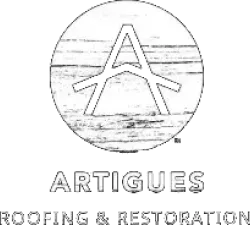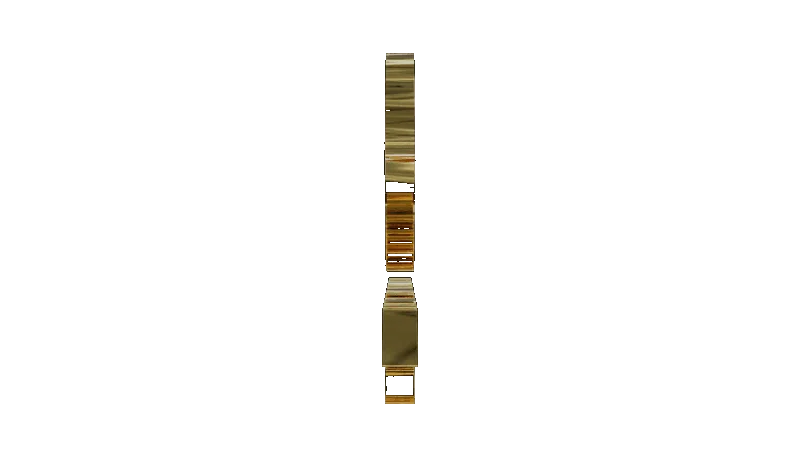
The Architectural Evolution and Roofing Practices of Sullivan's Island, South Carolina
Sullivan's Island, a picturesque barrier island at the entrance of Charleston Harbor, is renowned for its rich history, diverse architecture, and cultural significance. From its critical role in the American Revolutionary War to its connection to Edgar Allan Poe, Sullivan's Island boasts a fascinating narrative of military, literary, and architectural evolution. This article explores the island’s historical legacy, architectural diversity, and modern roofing practices, offering insights into how the island balances preservation with contemporary design and sustainability.
Historical Significance: The Roots of Sullivan's Island’s Legacy
Sullivan's Island has played a pivotal role in American history, particularly in military defense and cultural development. Located at the entrance to Charleston Harbor, it served as a key defensive site for the city, playing crucial roles in both the American Revolutionary War and the Civil War.
The Revolutionary War and Fort Moultrie:
In June 1776, the Battle of Sullivan's Island took place on the island. Fort Moultrie, constructed from palmetto logs, successfully repelled a British naval attack, a victory that boosted American morale and solidified the palmetto tree as a symbol of South Carolina. This historical event laid the foundation for the island’s enduring military significance.
The Civil War and Citadel Cadets:
During the Civil War, Sullivan's Island remained a critical Confederate position, with Fort Moultrie continuing to serve as a defense against Union forces. On January 9, 1861, Citadel cadets stationed on nearby Morris Island fired upon the Union supply ship Star of the West, marking one of the first shots fired in the Civil War.
Edgar Allan Poe's Connection:
Sullivan's Island is also linked to the renowned American writer Edgar Allan Poe, who served as a young soldier at Fort Moultrie from 1827 to 1828. Poe’s time on the island inspired his short story The Gold-Bug, which is set against a backdrop reminiscent of Sullivan's Island. This literary connection adds a layer of cultural intrigue to the island's rich heritage.
Architectural Styles and Influences: A Blend of Tradition and Modernity
The architecture of Sullivan's Island is a captivating blend of traditional Lowcountry styles, historic influences, and modern designs. The island’s built environment caters to its coastal climate while reflecting its diverse cultural history.
Traditional Lowcountry Architecture:
The dominant architectural style on Sullivan's Island is Lowcountry architecture, characterized by elevated homes, expansive porches, and large windows that enhance ventilation and protect against flooding—essential features in the humid, hurricane-prone environment. The use of local materials, such as wood and tabby (a type of concrete made from oyster shells), reflects the island’s natural resources and historical roots.
Victorian and Beach Cottage Styles:
In the late 19th and early 20th centuries, Sullivan's Island became a popular summer retreat for Charleston’s elite. This era saw the construction of Victorian-style homes and beach cottages with gabled roofs, intricate detailing, and vibrant colors, adding to the island’s eclectic architectural character.
Modern and Sustainable Designs:
Contemporary architecture on Sullivan's Island emphasizes modern design principles and sustainability. Many newer homes feature open floor plans, large glass facades, and sleek, minimalistic lines. These modern designs often integrate energy-efficient materials, solar panels, and rainwater harvesting systems, reflecting a commitment to environmental responsibility and sustainability.
Roofing Practices and Environmental Considerations: Durability in a Coastal Climate
The roofing on Sullivan's Island must withstand the challenges posed by its coastal climate, which includes salty air, high humidity, and the threat of hurricanes. Roofing material selection and design are crucial to ensuring the durability, safety, and energy efficiency of homes on the island.
Traditional Roofing Materials: Wooden Shingles
Historically, wooden shingles were commonly used as roofing material, complementing the island’s traditional architectural styles. Wooden shingles provided a rustic, aesthetic appeal but required more maintenance due to their susceptibility to the humid, salty environment.
Modern Roofing Solutions: Metal, Synthetic, and Green Roofing
In recent years, metal roofing has become the preferred choice for many homeowners on Sullivan's Island due to its resilience, low maintenance, and ability to withstand high winds and corrosion. Metal roofs are also frequently designed with reflective coatings that help reduce heat absorption, increasing energy efficiency during the hot summer months.
Synthetic roofing materials, such as composite shingles and tiles, are another popular option. These materials mimic the appearance of natural products but offer superior durability, making them highly resistant to environmental stresses like salt air and high winds.
As sustainability becomes a key focus in architectural design, green roofing practices have emerged on the island. Homeowners are increasingly integrating vegetative roofs, photovoltaic systems, and rainwater harvesting systems into their roofing designs, promoting energy efficiency and reducing environmental impact.
Preservation and Community Planning: Maintaining Sullivan's Island’s Historic Charm
Sullivan's Island is deeply committed to preserving its unique architectural and historical character. The Sullivan's Island Design Review Board plays a vital role in overseeing new construction and renovation projects, ensuring that development aligns with the island’s historical context and architectural diversity.
Community planning initiatives emphasize protecting the island’s natural environment and cultural heritage while encouraging sustainable development. This collaborative approach fosters a cohesive architectural identity that blends the island’s rich history with innovative and sustainable design solutions.
Roof Restoration and Sustainable Roofing Solutions: A Modern Approach to Preservation
As the island continues to evolve, many homeowners seek roof restoration services to preserve the charm and authenticity of their historic homes while incorporating modern roofing solutions. Roofing contractors on Sullivan’s Island specialize in restoring traditional roofing styles, such as wooden shingles and slate, while upgrading them with durable, energy-efficient materials that meet contemporary needs.
Sustainable roofing practices, such as the installation of solar panels, green roofs, and rainwater harvesting systems, are becoming increasingly popular on the island, enabling residents to enjoy the benefits of energy-efficient and environmentally friendly homes.
Sullivan's Island—Where History Meets Modern Sustainability
Sullivan's Island, South Carolina, is a testament to the harmonious integration of history, architecture, and nature. From its strategic military significance to its literary connections with Edgar Allan Poe, the island’s rich cultural and historical tapestry is reflected in its diverse architectural styles. Whether you’re restoring a historic home or building a new sustainable residence, Sullivan’s Island offers a unique blend of traditional beauty and modern innovation.
The roofing practices on Sullivan’s Island continue to evolve, with an emphasis on durability, energy efficiency, and sustainability. Homeowners can rely on modern roofing solutions like metal roofing, synthetic shingles, and green roofing systems to protect their homes while maintaining the island’s architectural harmony and commitment to environmental stewardship.
AREAS WE SERVICE
AREAS WE SERVICE
NEED ANY ROOFING HELP? CALL US NOW!
GET YOUR FREE QUOTE OR INSURANCE CLAIM ASSESSMENT
By submitting your information, you agree to start receiving notifications and promotional SMS from Artigues Roofing. You can reply "stop" at any time to unsubscribe. I agree with the privacy policy and terms and conditions.

Go Above & Beyond with
Artigues Roofing &
Restoration
SERVICES
COMPANY
GET IN TOUCH
Email: [email protected]
Address: 75 Port City, Landing Suite 110. Mount Pleasant, SC. 29464.
NEED ANY ROOFING HELP? CALL US NOW!
GET YOUR FREE QUOTE OR INSURANCE CLAIM ASSESSMENT
By submitting your information, you agree to start receiving notifications and promotional SMS from Artigues Roofing. You can reply "stop" at any time to unsubscribe. I agree with the privacy policy and terms and conditions.

Go Above & Beyond with
Artigues Roofing &
Restoration
SERVICES
COMPANY
GET IN TOUCH
Email: [email protected]
Address: 75 Port City, Landing Suite 110. Mount Pleasant, SC. 29464.





